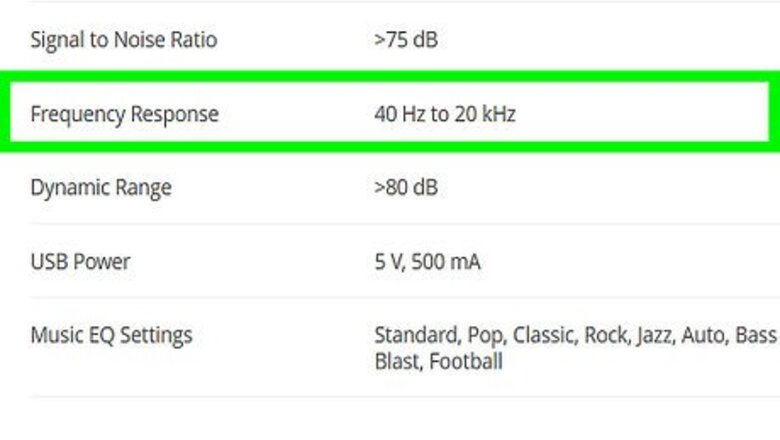
views
Comparing Different Features
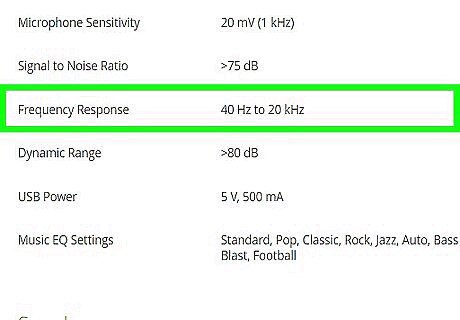
Look for stereos with full-dynamic range. “Range” essentially refers to how many types of sounds a stereo receiver can produce. Systems with a “full” range (between 20-20,000 Hz) will sound much more crisp and detailed than those with restricted ranges. This is one of the most important factors in determining overall quality. You can usually find a stereo’s audio specifications on the packaging, or somewhere on the unit itself. Avoid stereo systems that overemphasize a specific range. Too much high end (sounds with a higher pitch) can be harsh and piercing, while a boosted bass may come through murky or muffled.

Note the wattage. The stereo’s wattage, or power, translates to the number of decibels it can produce. This is worth thinking about about, as audio that sounds great at a medium level may begin to degrade at particularly high or low volumes. Low-wattage systems therefore won’t be the best choice for listening parties or other situations where you want the audio to be nice and loud. Most basic stereo systems have a wattage somewhere between 150-200 watts per channel. Musicians, DJs and other who need more power will want to look for a system closer to the 300-500 watt range. Higher wattage doesn’t always mean higher quality. Manufacturers often make their products louder in an effort to fool consumers into thinking that they perform better.
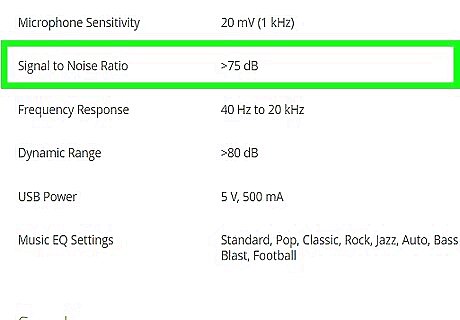
Identify the Total Harmonic Distortion (THD). See if you can locate the stereo’s THD rating among its technical details. This number describes how close the quality of the audio put out by the speakers will be to its original source. Power is one thing, but if there’s too big a difference between the receiver and the speakers, your listening experience will suffer. A lower rating indicates a truer sound—any distortion below about .1 percent will be practically unnoticeable, but it will become more obvious the higher the number gets. You may also be able to dig up a product’s THD rating with an internet search if it isn’t displayed on the unit itself.
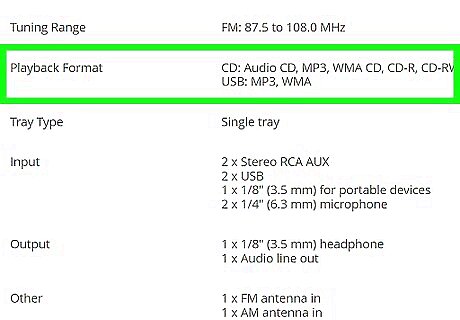
Choose the right equipment for the audio source. The source of the audio itself also plays a big part in how it will sound over a new system. Will you be using your stereo to stream music in high-definition or watch YouTube videos? You won’t be able to get an accurate reading of your system’s potential if you’re listening to underwhelming sources. A digital file with 320kbps quality, for instance, will sound crystal clear, whereas a grainy, low quality recording will be hard to listen to no matter what it’s played on. Most stereo systems are optimized for a particular source, such as digital or CD. This can make it easier to find a product you’ll be satisfied with if you’re not that knowledgeable about audio equipment.
Judging a Stereo on Other Qualities
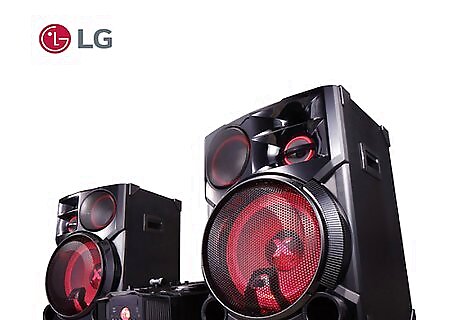
Listen for defects. Test your stereo with different sources and at different volume levels. Be sure to pay attention to any buzzing, static or distortion you might hear. Flaws like these are often signs that a sound system isn’t doing the audio justice. If possible, try playing the same source through different stereo systems (or the same stereo through multiple sets of speakers) so you’ll have a better basis for comparison. When shopping for a new stereo, ask if you can give each model a test listen in-store before you make a decision to buy it.

Take price into consideration. As a rule, a superior stereo system will cost you more than a mediocre one. Those who aren't keen on the idea of shelling out thousands of dollars for a top-of-the-line model, however, should consider settling on a slightly less powerful system that will save them money while still performing to a high standard. You can expect to pay at least a couple hundred dollars for a worthwhile stereo. If you’re on a budget, go with a basic receiver with a decent wattage, wider dynamic range and all the extra device inputs you need to enjoy your favorite music and movies.
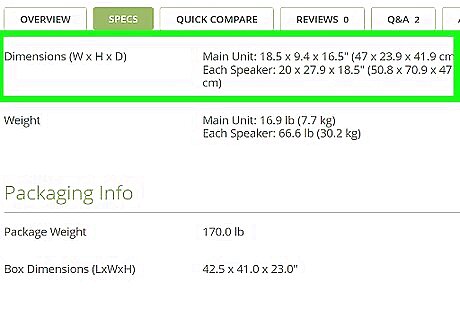
Don’t be fooled by size. Rather than being wowed by the way a sound system looks, focus on its technical capabilities. Size and quality have very little to do with one another, and too many consumers make the mistake of assuming that the larger a stereo is, the more impressive it will sound. Remember: bigger doesn’t always mean better. It’s the hardware inside that matters, not sleek construction or fancy packaging.

Go with what sounds good. If you’re having trouble keeping up with all the technical details, set them aside and trust your intuition. At the end of the day, your own ears are the best judge for whether or not a stereo system is up to par. Some audio characteristics, like the balance between high and low frequencies, are simply a matter of personal preference.

















Comments
0 comment